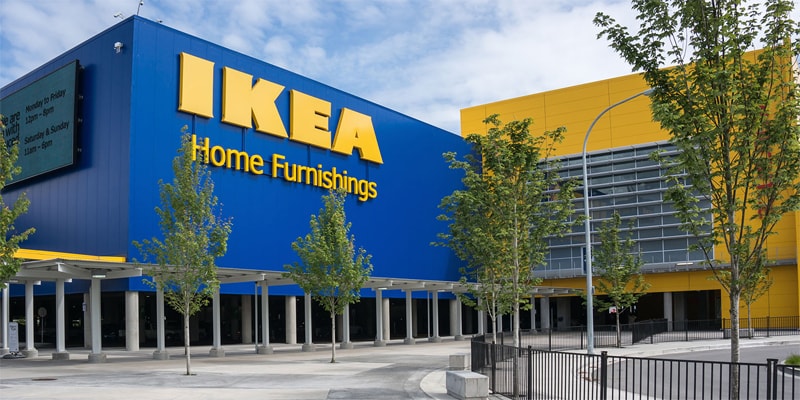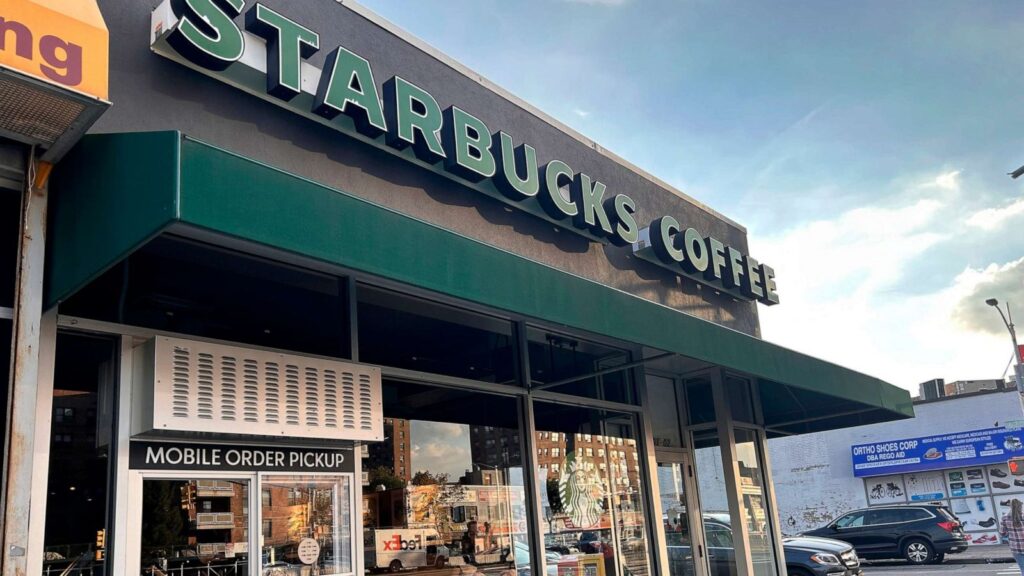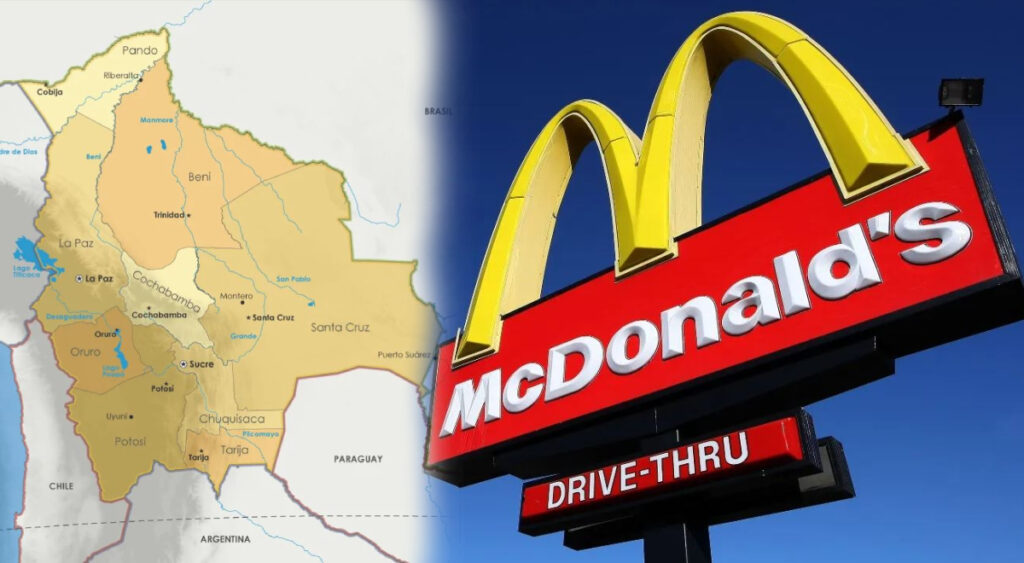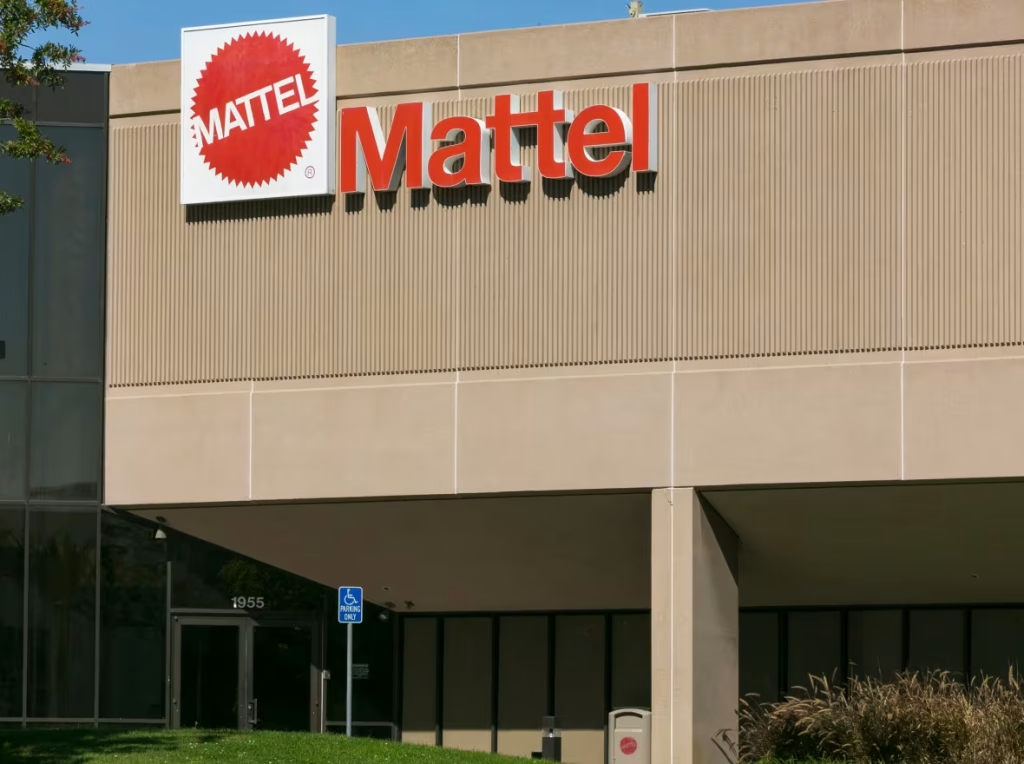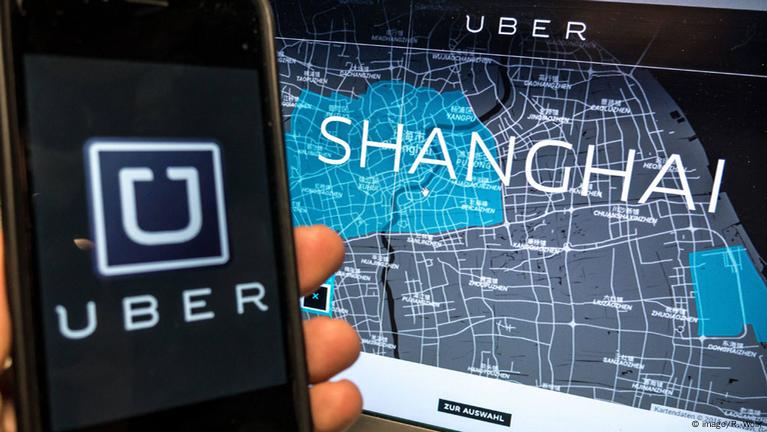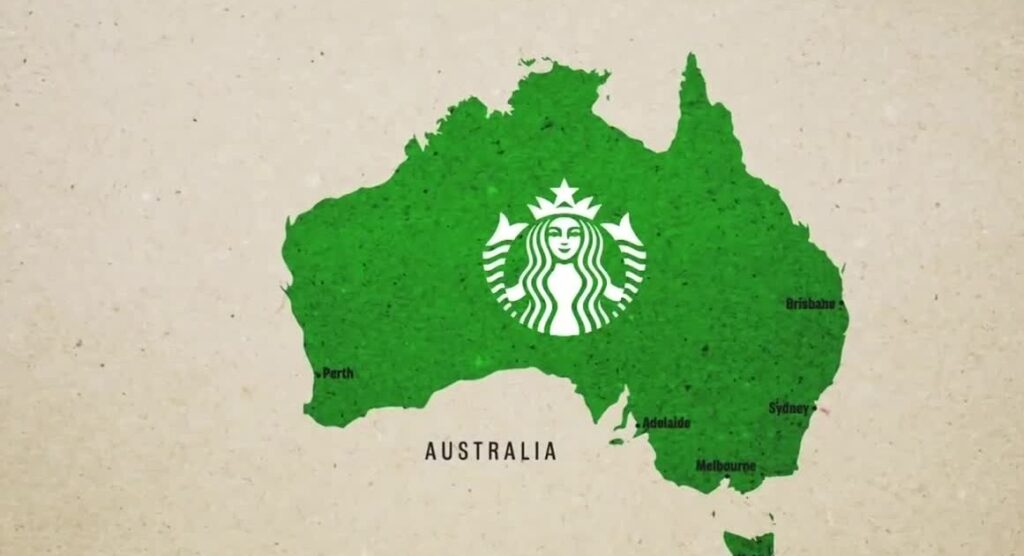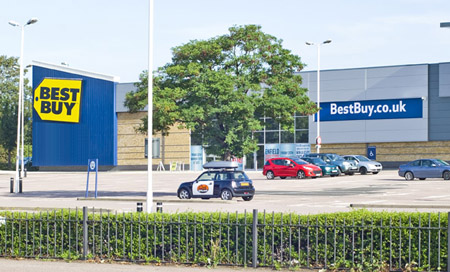1. Introduction – Kraft Heinz’s Tang Expansion In India – Failure Case Study
Global Brand, Local Blind Spot
Tang, a name synonymous with instant fruit-flavored beverages, enjoys a strong legacy in global markets. Originally introduced in the U.S. in the 1950s, the drink gained immense popularity in the 1960s when NASA selected it as part of its astronauts’ onboard provisions. Over decades, Tang became entrenched in the taste culture of various countries, especially in Latin America, the Middle East, and Southeast Asia, due to its affordability, convenience, and nostalgic association with childhood refreshment.

When Kraft decided to bring Tang to India in the early 2010s, expectations were high. India, with a massive youth population, growing disposable income, and a climate conducive to cold refreshments, appeared to be the ideal expansion market. It was seen as a whitespace opportunity – one that could replicate Tang’s success in Saudi Arabia, Brazil, and the Philippines.
However, despite market research and phased rollout strategies, Tang failed to achieve significant penetration or long-term traction in India. Within a few years, it became a fringe product, relegated to online platforms and niche supermarket shelves. This case study dissects the commercial, cultural, and strategic missteps that led to this brand’s inability to quench India’s thirst.
2. Company Background
Kraft Heinz – A Portfolio Giant with Global Ambitions
Kraft Heinz is the fifth-largest food and beverage company in the world, born from the 2015 merger between Kraft Foods and H.J. Heinz Company. Its product portfolio includes iconic names like:
- Heinz Ketchup
- Oreo (Mondelez spinoff from Kraft)
- Philadelphia Cream Cheese
- Maxwell House Coffee
- Jell-O, and
- Tang, a staple in many developing economies.
While Kraft’s core strength lies in North America, its international strategy has long focused on expanding into emerging economies, where rising middle-class populations could offer new growth opportunities. Tang, in particular, was seen as a product with low barriers to trial and strong shelf-life economics, making it suitable for mass retail environments in Asia and Africa.
Global Success of Tang
Tang has thrived globally due to its:
- Low cost per glass, often cheaper than fruit juice or soda.
- Kid-friendly flavors and visual branding.
- Convenient powder format, suitable for ambient storage without refrigeration.
- Broad presence in school lunchboxes and government distribution programs in some countries.
Its positioning as a value-for-money refreshment made it a strong competitor to local juice mixes, carbonated soft drinks, and syrups like Kool-Aid or Rasna.
India Entry Strategy
Kraft conducted extensive research prior to launching Tang in India. The company believed that:
- India’s hot climate created a year-round demand for cold drinks.
- Indian consumers were increasingly seeking hygienic, branded alternatives to homemade beverages.
- Parents, especially in urban areas, would prefer nutrient-fortified drink mixes over traditional options.
Kraft’s confidence was further buoyed by Tang’s success in Middle Eastern markets – culturally close to India in terms of food behavior and consumption rituals. Initial investments were made in flavor testing, packaging design, and marketing localization.
3. Timeline of Key Events
2009–2010: Market Exploration & Strategic Planning
Kraft initiated consumer research in major Indian metros. The insights suggested an underdeveloped powdered beverage market that could potentially be disrupted by a global brand like Tang.
The company also evaluated the success of Indian incumbent Rasna, which had dominated the space since the 1980s, and sought to position Tang as a premium international alternative.
2011: Initial Product Launch
Tang launched in India via organized retail in Delhi, Mumbai, and Bangalore, with a focus on:
- Orange flavor as the flagship variant.
- Branded packaging emphasizing energy and vitamin enrichment.
- Aimed at urban nuclear families with children aged 5–14.
Price point: ₹30–50 per 500g pack – aimed at middle-income consumers.
Marketing was modest, with in-store promotions and sampling in supermarkets like Big Bazaar and Spencer’s.
2012–2013: Regional Flavor Extensions & Retail Push
To deepen engagement, Kraft launched Mango and Lemon variants, and experimented with small pack sizes for trial in Tier-2 cities.
The company also expanded into more modern trade chains and some general trade in urban zones.
However, challenges began surfacing:
- Low repeat purchases despite strong sampling.
- Low brand recall among rural and semi-urban consumers.
- Competition from traditional drinks and cheaper local brands.
2014–2016: Brand Retreat
By 2014, Tang’s visibility in kirana stores dropped sharply. Retailers complained of:
- Slow-moving inventory
- Price mismatch with local options
- Lack of promotional support
Kraft made several attempts to revive the brand through summer campaigns, nutritional messaging, and school-level engagement. However, none translated into meaningful market share.
By 2016, Tang was withdrawn from mass marketing campaigns, and became a low-priority SKU in Kraft Heinz India’s portfolio.
4. PESTEL Analysis
Political
- India’s regulatory environment for food & beverage is generally welcoming to multinational FMCG firms.
- No significant trade barriers affected Kraft’s import or formulation of Tang.
- However, government advocacy of local produce and fresh fruits under “Eat Right India” indirectly created a perception that processed drinks were less healthy.
Economic
- The Indian economy in the early 2010s was characterized by:
- A rapidly growing urban middle class
- High price sensitivity, especially in semi-urban and rural regions
- Inflationary pressure on food staples, leaving less room for discretionary items
- A rapidly growing urban middle class
Tang’s price point (₹6–₹8 per glass) was high compared to homemade drinks like lemon water, or Rasna (which could go as low as ₹2–₹3 per serving).
Social
- Indian households, especially mothers, viewed packaged powders as:
- Artificial and overly sweet
- Less trustworthy than homemade drinks like nimbu pani, lassi, or aam panna
- Artificial and overly sweet
- Tang lacked heritage value. In contrast, Rasna had nostalgic recall from the 90s and was considered “Indian” in ethos.
- There was a rising health consciousness among urban parents, who preferred freshly squeezed juice or natural alternatives over synthetic flavors.
Technological
- Kraft lacked deep distribution infrastructure in India compared to competitors like Nestlé or Hindustan Unilever.
- General trade (kirana stores) was difficult to penetrate due to:
- Lack of cold chain promotion
- Lower reach in Tier-3 towns
- Weak incentives for retailers
- Lack of cold chain promotion
Moreover, TV advertising was limited, which stunted brand awareness outside modern retail.
Environmental
- Packaging waste became an increasing concern in India. Tang’s multi-layer plastic sachets and large pouches were not biodegradable, contributing to consumer skepticism.
- Additionally, sugar content was high, and there was no substantial “natural” messaging in Tang’s Indian campaigns.
Legal
- Tang adhered to all FSSAI regulations on product safety, sugar content, preservatives, and shelf life.
- Kraft made no major violations but failed to leverage the “fortified food” trend aggressively under Indian food programs or nutritional endorsements.
5. Strategic Positioning and Operational Missteps
Misaligned Positioning: Premium in a Value Market
Kraft tried to pitch Tang as a modern, international health drink, but the average Indian consumer saw it as:
- Unnecessary compared to cheaper homemade drinks
- Lacking taste authenticity (many felt it tasted artificial)
- Less value-for-money compared to alternatives
In contrast, Rasna had cornered the mass market with regional flavors, smart sachet pricing, and decades of cultural familiarity.
Late and Weak Flavor Localization
Tang entered with Orange, Mango, and Lemon – all flavors available from local brands.
What it missed:
- India-specific variants like Kala Khatta, Masala Jeera, Shikanji, and Aam Panna
- Customization for North vs. South taste preferences
- Building recipes that felt less sugary and more traditional
Localization was attempted too late and without major marketing investment.
Pricing Barrier & Pack Size Delay
While competitors launched ₹1–2 trial sachets early, Tang entered with large packs (₹30–₹50).
By the time small pack versions (₹10–₹15) were introduced, consumer habits were already formed. The premium positioning worked against the brand in a segment where affordability drives volume.
Overemphasis on Modern Retail
Kraft prioritized modern trade (supermarkets) in Tier-1 cities, ignoring:
- Kirana stores, which handle 90%+ FMCG volume in India
- School tuck shops, bus terminals, and rural fairs, which are prime powdered drink consumption channels
Without grassroots sampling, the brand never entered everyday visibility.
Weak Emotional Connect
Tang lacked the emotional and nostalgic pull that Indian consumers expect from food and drink brands. There was no cultural storytelling, seasonal campaigns (like summer memories), or mother-child bonding narratives – all of which Rasna excelled at.
As a result, Tang failed to embed itself in Indian family rituals, and repeat purchases remained low.
6. Consumer Behavior & Brand Disconnect
Understanding Indian Beverage Preferences
India’s beverage market is deeply influenced by climatic, cultural, and seasonal factors. In a predominantly hot country, refreshment is seen as both a practical need and a cultural ritual, especially in summer. However, beverage preferences vary considerably based on:
- Geography (north vs. south)
- Socioeconomic class
- Urban vs. rural settings
- Religious and dietary norms
Across most Indian households, refreshments are:
- Homemade using local, natural ingredients
- Seasonal (e.g., Aam Panna in summer, Lassi in the north, Buttermilk in the south)
- Economical (Rs. 1–2 per serving)
Tang, despite its global reputation, didn’t align with this value and tradition-first mindset.
Resistance to “Artificial” Products
Indian consumers are increasingly ingredient-aware, especially urban mothers concerned about processed foods. The word “powdered drink” signified:
- Artificial flavors and preservatives
- Excessive sugar content
- Packaged foreign goods lacking local nutritional value
Tang tried to promote its Vitamin C and energy-boosting properties, but these claims weren’t amplified through trusted health figures or school programs. The product never overcame its perception as an artificial indulgence.
Comparison with Rasna’s Emotional Recall
Rasna, India’s leading powdered drink brand since the 1980s, was not just a beverage but a nostalgic experience. It was associated with:
- Childhood summers
- School holidays
- TV ads with iconic lines like “I love you Rasna”
Tang lacked a similar emotional positioning. Its ads were generic, westernized, and failed to build localized narratives. As a result, it was viewed as expensive, foreign, and emotionally cold.
7. SWOT Analysis – Tang in India
| Strengths | Weaknesses |
| Backed by Kraft Heinz – global scale and capital | Weak distribution in kirana stores (general trade) |
| Long shelf life and global brand recognition | Poor emotional connection with Indian consumers |
| International success in emerging markets (e.g., Brazil, KSA) | Perceived as artificial and overpriced |
| Nutrient-fortified (Vitamin C) positioning | Lack of Indian flavor variants early in launch |
| Opportunities | Threats |
| Rising health awareness could be used to promote fortified hydration | Dominance of Rasna, local juices, and fresh beverages |
| Growth in e-commerce and D2C for food brands | High price sensitivity and homemade drink culture |
| Expansion into rural India through sachets | Consumer aversion to processed powders and sugar |
| Co-branding with school campaigns or midday meal programs | Revival of Ayurvedic drinks and traditional health drinks |
Analysis:
Tang’s strengths were logistical and financial, but its weaknesses were cultural, emotional, and distributional. The opportunity lay in local storytelling, nutrition advocacy, and pricing innovation, none of which were fully leveraged.
8. Porter’s Five Forces – Indian Powdered Beverage Market (2011–2016)
| Force | Assessment | Explanation |
| Industry Rivalry | High | Rasna, Glucon-D, and local brands fiercely contested shelf space; homemade drinks dominated households. |
| Threat of New Entrants | Moderate | Entry barriers were low, but scale and distribution challenges protected incumbents. |
| Bargaining Power of Suppliers | Low | Powder ingredients were commoditized; Kraft had global procurement power. |
| Bargaining Power of Buyers | Very High | Indian consumers were highly price-conscious, with low brand loyalty in newer categories. |
| Threat of Substitutes | Very High | Homemade drinks like lemon water, jaljeera, lassi, and coconut water were cheap, natural, and available year-round. |
Interpretation:
Tang faced a perfect storm of pressures:
- High rivalry from entrenched players
- Consumer apathy toward processed drinks
- Substitution risk from widely available homemade options
The product was caught between trying to build a brand and meeting the price/performance expectations of the Indian market.
9. Regulatory & Legal Hurdles
Food Safety and Labeling
Tang complied with all FSSAI (Food Safety and Standards Authority of India) guidelines, including:
- Sugar content disclosures
- Nutritional labeling
- Ingredient safety standards
There were no major legal barriers to entry or distribution.
Advertising Regulation
Tang also adhered to ASCI (Advertising Standards Council of India) norms:
- No false nutritional claims
- Avoidance of direct attacks on competitors
However, Kraft missed the opportunity to:
- Leverage certification schemes (e.g., “Fortified Food” by FSSAI)
- Engage with school meal programs or CSR-based nutrition initiatives
This lack of regulatory engagement limited trust-building efforts, especially among health-conscious parents and institutional buyers.
Taxation and Import Dependencies
Kraft had to import some ingredients for flavor consistency. With India’s excise duty regime pre-GST, there were:
- Complex regional tax structures
- Transportation costs across states
These margins eroded price competitiveness, especially when fighting for shelf space in Tier-2 and rural stores.
10. Operational and Distribution Challenges
General Trade Distribution Gap
One of Tang’s biggest operational hurdles was its inability to penetrate India’s general trade network, which handles 90% of FMCG distribution. Key problems included:
- No incentive structure for kirana store owners to push a slow-moving product
- Lack of cold storage promotion in semi-urban and rural zones
- Packaging formats unsuitable for visibility at small counters
Retailers preferred faster-selling local brands or sachets of Rasna, which offered better inventory turns and higher customer recall.
Delayed Sachet Launch
Tang launched large packs first, unlike Rasna which had aggressively pushed ₹1–₹2 sachets for decades. Kraft eventually introduced ₹10 sachets, but by then:
- Consumer loyalty was already formed
- Retailers were unwilling to create space for a late entrant
In markets like India, initial sachet penetration is often critical to building bottom-up brand adoption.
Supply Chain Rigidity
Kraft’s Indian operations were not as agile as homegrown FMCG players like Dabur, Parle, or HUL. Challenges included:
- Inflexible SKU planning cycles
- Delays in stock replenishment during peak summers
- Poor regional warehousing and last-mile delivery issues
This led to stockouts in key months (March–June), precisely when the demand for cold beverages peaked.
Underinvestment in Sampling and Promotion
Unlike Rasna, which did school-based promotions, summer events, and housewife community programs, Tang:
- Focused mostly on supermarket placements
- Did little grassroots activation
- Avoided rural fairs, school tie-ups, or door-to-door trial packs
Without experiential marketing, Tang remained an alien brand in a hyper-localized category.
11. Strategic Legacy & Lessons Learned
A Case of Global Playbook Misfit
The failure of Tang in India offers a compelling case study of what happens when a global success template is applied without sufficient cultural adaptation. Kraft Heinz assumed that Tang’s winning formula in the Middle East or Latin America would seamlessly transfer to India — a mistake often made by multinational firms in emerging markets.
India’s beverage market is not just about affordability, but about flavor familiarity, regional preferences, emotional resonance, and value for money. Tang, though nutritionally fortified and globally trusted, came across as:
- A premium-priced foreign substitute
- Misaligned with Indian flavor expectations
- Lacking in brand storytelling or cultural relevance
Key Strategic Failures
1. Poor Market Entry Strategy
- Tang launched with a top-down, modern retail-centric strategy.
- It ignored India’s mass FMCG distribution infrastructure.
- Sachets – a key format in India – were introduced too late.
2. Flawed Value Proposition
- The product was neither significantly healthier nor tastier than existing options.
- It did not differentiate enough from Rasna or fresh drinks.
- Vitamin C and energy benefit messaging was underutilized in a health-conscious parent market.
3. No Emotional Connect
- The brand lacked India-specific nostalgia, unlike Rasna.
- No use of storytelling, family bonding, or summer rituals.
- Indian consumers didn’t feel the product was “for them”.
4. Weak Cultural Localization
- Flavors like orange and mango were too generic.
- Missed regional variants like kokum, shikanji, jeera masala.
- Visual branding remained Westernized and didn’t depict local families or traditions.
5. Inflexible Operations
- Centralized marketing decisions delayed on-ground pivots.
- Underinvestment in grassroots marketing, street sampling, or regional fairs.
- Overreliance on supermarket penetration, which caters to a tiny percentage of India’s shoppers.
Long-Term Impact on Kraft Heinz in India
While Tang’s failure didn’t cause financial distress for Kraft Heinz globally, it did contribute to:
- A more cautious India expansion post-2016
- Focus shift toward core categories like sauces and packaged foods
- Reduced ambition for deep rural penetration
The India operations of Kraft Heinz now take a localized, category-specific approach, evident from its divestment of Complan, Glucon-D, and Nycil to Zydus Wellness – signaling a pivot away from categories where it lacked core competence.
12. Summary
A Global Brand That Didn’t Translate
Tang’s journey in India stands as a cautionary tale for global FMCG brands. Despite the market’s high growth potential and a seemingly perfect product fit on paper, Kraft Heinz was unable to crack the code of Indian consumer psychology.
The product was launched with confidence but without humility – assuming global brand equity would carry over. But Indian markets demand:
- Price localization
- Flavor authenticity
- Cultural storytelling
- Hyperlocal distribution and trust building
Tang’s failure stemmed from strategic rigidity, branding detachment, and underwhelming ground execution. By overlooking India’s rich beverage tradition and emotional consumption habits, Kraft ended up with a product that neither felt foreign enough to be aspirational nor Indian enough to be familiar.
Despite its long shelf life, Tang in India had a short commercial shelf life.
What Future Brands Can Learn
- India is not one market – it’s many regional taste zones, each requiring flavor and format customization.
- Sachet-first is a must – especially in FMCG beverages.
- Emotional marketing is essential – Indian buyers respond to tradition, family, nostalgia, and localized rituals.
- Distribution is strategy – if kirana stores and rural channels aren’t involved, your FMCG brand is invisible.
- Being global is not enough – unless you earn the consumer’s trust at the local level.
In the end, Tang’s journey in India reflects the age-old lesson of international business: Think global, act local – or get left behind.
